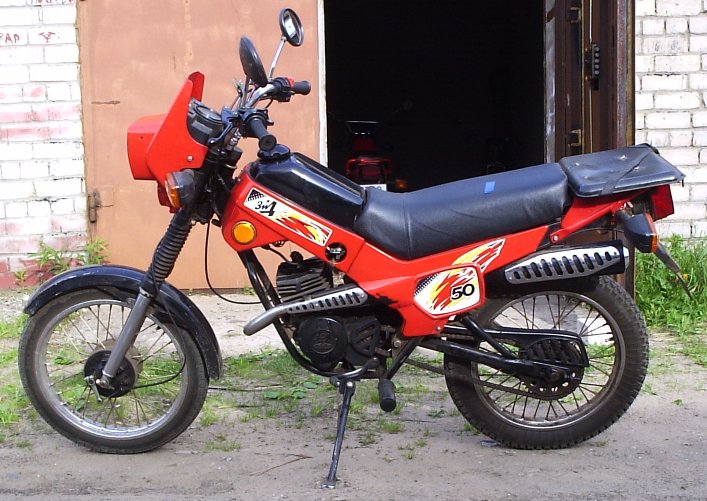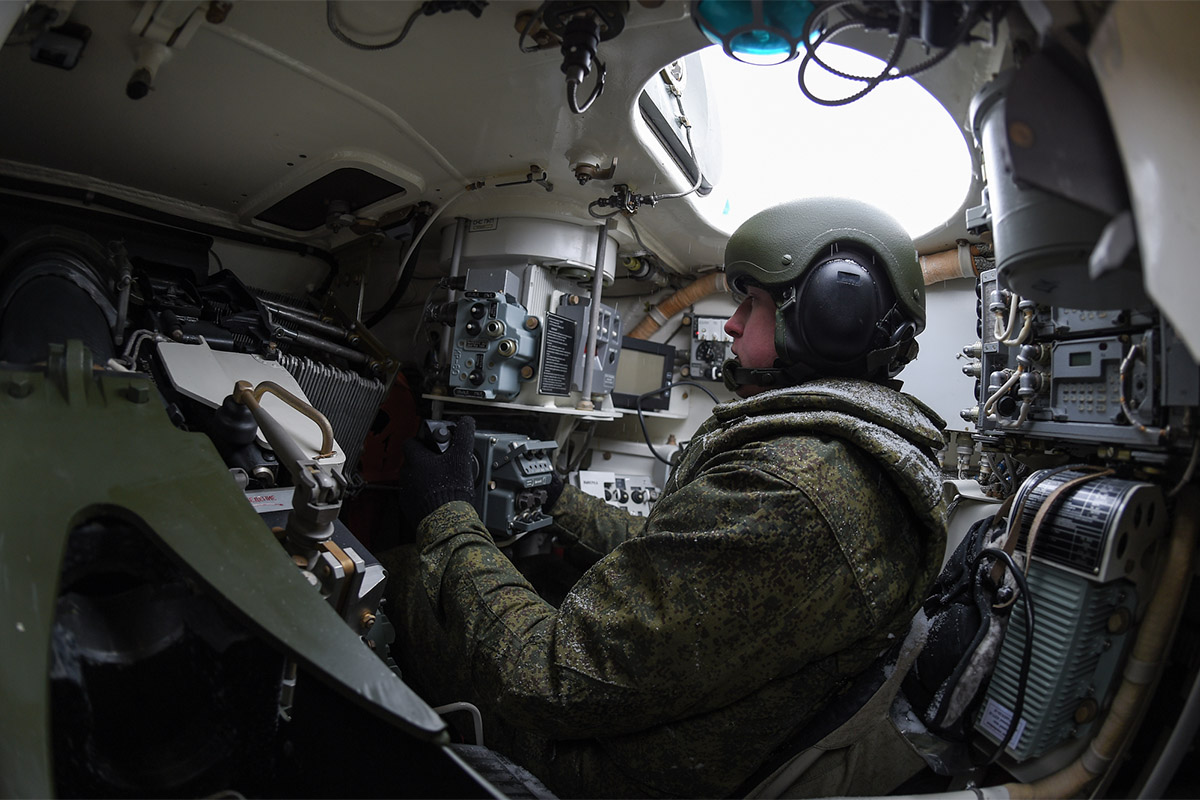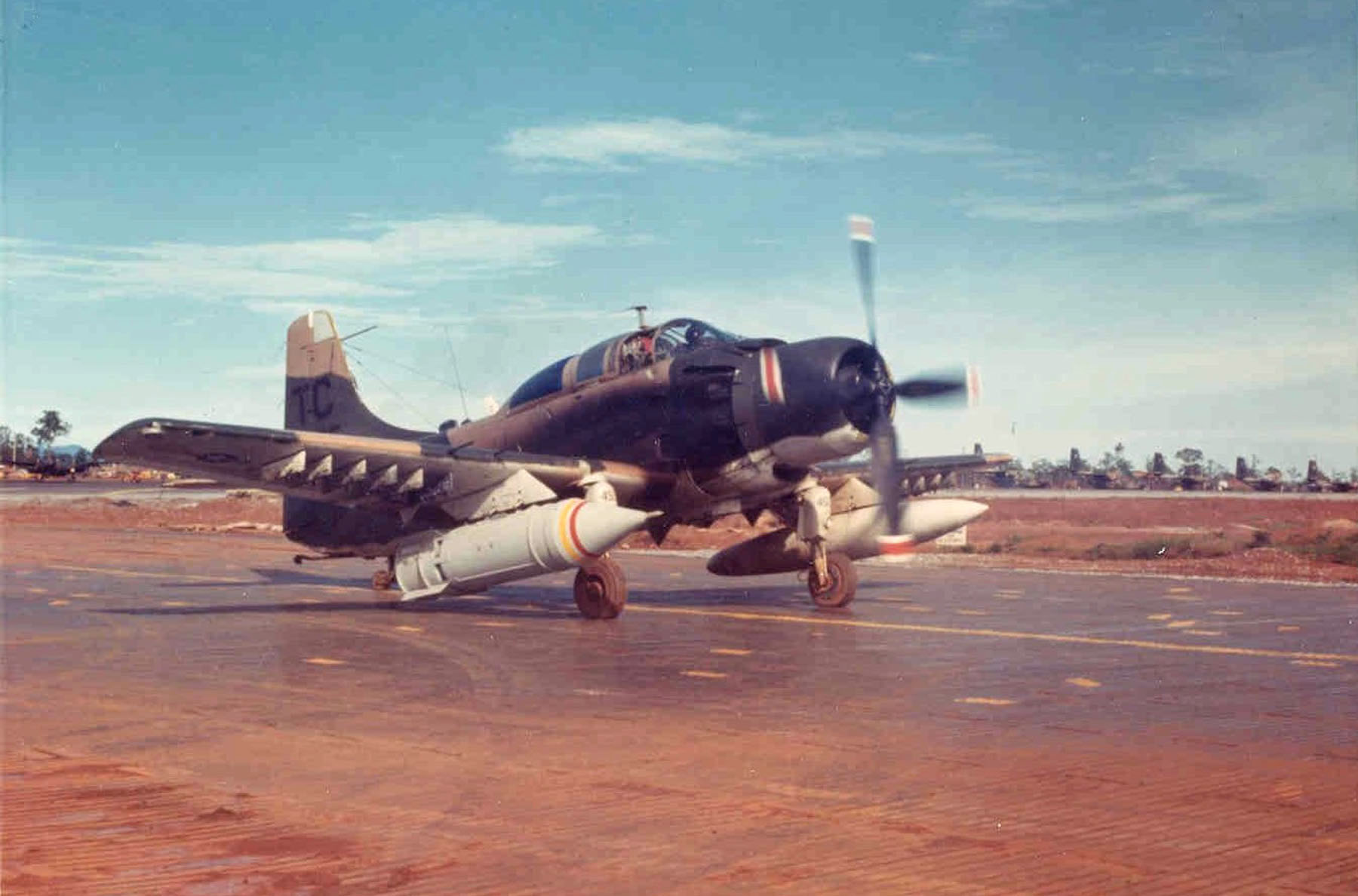|
AT-14 Kornet
The 9M133 Kornet (; "Cornet", NATO reporting name AT-14 Spriggan, export designation Kornet-E) is a Russian man-portable anti-tank guided missile (ATGM) intended for use against main battle tanks. It was first introduced into service with the Russian army in 1998. The Kornet is among the most capable Russian ATGMs. It was further developed into the 9M133 Kornet-EM, which has increased range, an improved warhead, and equipped with an automatic target tracker. The Kornet has been widely exported and is produced under license in several countries. It was first used in combat in 2003 and has since been used in many conflicts. Development The Kornet anti-tank missile was unveiled in October 1994 by the KBP Instrument Design Bureau. The missile started development in 1988 as a modular, universal system able to engage any target from a mix of platforms using a reliable laser beam guidance system that was simple to use. It is a heavy ATGM, superior to the earlier 9K111 Fagot (NATO: ... [...More Info...] [...Related Items...] OR: [Wikipedia] [Google] [Baidu] |
Anti-tank Missile
An anti-tank guided missile (ATGM), anti-tank missile, anti-tank guided weapon (ATGW) or anti-armor guided weapon is a missile guidance, guided missile primarily designed to hit and destroy armoured fighting vehicle, heavily armored military vehicles. ATGMs range in size from shoulder-launched weapons, which can be transported by a single soldier, to larger tripod-mounted weapons, which require a squad or team to transport and fire, to vehicle and aircraft mounted missile systems. Earlier man-portable anti-tank warfare, anti-tank weapons, like anti-tank rifles and magnetic anti-tank mines, generally had very short range, sometimes on the order of metres or tens of metres. Rocket-propelled high-explosive anti-tank (HEAT) systems appeared in World War II and extended range to the order of hundreds of metres, but accuracy was low and hitting targets at these ranges was largely a matter of luck. It was the combination of rocket propulsion and remote Wire-guided missile, wire guidan ... [...More Info...] [...Related Items...] OR: [Wikipedia] [Google] [Baidu] |
Degtyarev Plant
Degtyaryov Plant (, English: Open Joint Stock Company " V. A. Degtyaryov Plant") or ZiD (Zavod imeni Dеgtyaryovа) is one of the most important weapon and vehicle producing enterprises of Russia. The company is named after Vasily Alekseyevich Degtyaryov (2 January 1880, Tula – 16 January 1949), a Soviet and Russian engineer who specialized in weapons design.Дегтярёв Василий Алексеевич // Большая Советская Энциклопедия. / под ред. А. М. Прохорова. 3-е изд. том 8. М., «Советская энциклопедия», 1972.Дегтярёв Василий Алексеевич // Большая Российская Энциклопедия / редколл., гл. ред. Ю. С. Осипов. том 8. М., научное издательство "Большая Российская Энциклопедия", 2007. Degtyaryov Plant is a subsidiary of High Precision Systems ( Rostec). History Founded in ... [...More Info...] [...Related Items...] OR: [Wikipedia] [Google] [Baidu] |
BMD-4
The BMD-4 () is an amphibious infantry fighting vehicle (IFV) originating from post-Cold War Russia. Originally designated as the BMD-3M, the chassis of the BMD-4 is the same as that of the BMD-3 because it was developed on the same basis. This armored fighting vehicle is one of the lightest in its class, possessing a substantial amount of firepower. The vehicle was designed to transport Russian Airborne Troops (VDV), increasing its mobility, armament, and protection on the battlefield. Many aspects of the vehicle, such as the ergonomics and positioning of the passengers, remain relatively unchanged. Primary differences between the BMD-4 and its predecessors lie in its armament. The vehicle is fitted with the Bakhcha-U turret, which consists of a 100 mm 2A70 low-pressure rifled gun, a 30 mm 2A72 coaxial autocannon, and a 7.62 mm PKT coaxial machine gun. The 2A70 rifled cannon is capable of firing high explosive fragmentation rounds and laser-guided anti-tank mi ... [...More Info...] [...Related Items...] OR: [Wikipedia] [Google] [Baidu] |
Bumerang-BM
The Bumerang-BM () or DUBM-30 Epoch is a remotely controlled turret for the T-15 Armata heavy IFV, Kurganets-25 and Bumerang platforms. It was first seen in public in 2015 during rehearsals for the Moscow Victory Day Parade, mounted on those three platforms. Design The turret is designed by the KBP Instrument Design Bureau. Armament The main armament is the 2A42 30 mm auto cannon with 500 rounds consisting of 160 AP and 340 HE shells with effective firing ranges of and 1,500 m respectively, along with a coaxial 7.62 mm PKT machine gun with 2,000 rounds. The turret has a pair of Kornet-EM anti-tank guided missile An anti-tank guided missile (ATGM), anti-tank missile, anti-tank guided weapon (ATGW) or anti-armor guided weapon is a guided missile primarily designed to hit and destroy heavily armored military vehicles. ATGMs range in size from shoulde ...s (ATGMs) on either side, enabling it to salvo fire two missiles at once, either at separate targ ... [...More Info...] [...Related Items...] OR: [Wikipedia] [Google] [Baidu] |
Kornet-D
Kornet-D is a Russian anti-tank missile carrier based on the AMS 233 144 TIGR-M 4x4 high mobility vehicle. It employs 9M133M Kornet-EM missiles in both tandem-HEAT or thermobaric warhead variants. It is capable of launching a salvo of two missiles less than a second apart, either at a single target or at two different targets simultaneously. The two-missile salvo is intended to either defeat active protection systems or to ensure a single tank's destruction in the absence of an active protection system. The Kornet-D is equipped with an automatic tracking system, which tracks and guides each missile to their assigned targets without an operator's aid. The vehicle must track the target until the missile impacts and is not a fire and forget system. The system can be controlled remotely at a distance of 50 meters. Current operators * * * * Ba'athist Syria Ba'athist Syria, officially the Syrian Arab Republic (SAR), was the Syrian state between 1963 and 2024 under the One-pa ... [...More Info...] [...Related Items...] OR: [Wikipedia] [Google] [Baidu] |
BMP-3
The BMP-3 is a Soviet and Russian infantry fighting vehicle, successor to the BMP-1 and BMP-2. The abbreviation BMP stands for ''Boevaya Mashina Pekhoty'' (, literally "infantry combat vehicle"). Production history The design of the BMP-3 ('' Obyekt'' 688M) can be traced back to the ''Obyekt'' 685 light tank prototype with an 2A48-1 100 mm gun from 1975.Zaloga, Steven J., Hull, Andrew W. and Markov, David R. (1999). ''Soviet/Russian Armor and Artillery Design Practices: 1945 to Present''. Darlington Productions. The prototype did not enter series production, but the chassis, with a new engine, was used for the next-generation infantry combat vehicle ''Obyekt'' 688 from A. Blagonravov's design bureau. The Ob. 688's original weapon configuration consisting of an externally mounted Shipunov 2A42 30 mm autocannon, a 7.62 mm PKT machine gun and twin ''9M113 Konkurs'' ATGM launcher was rejected; instead, the new 2K23 armament system was selected. The resulting BMP-3 ... [...More Info...] [...Related Items...] OR: [Wikipedia] [Google] [Baidu] |
Beam Riding
Beam-riding, also known as Line-Of-Sight Beam Riding (LOSBR), beam guidance or radar beam riding is a technique of directing a missile to its target by means of radar or a laser beam. The name refers to the way the missile flies down the guidance beam, which is aimed at the target. It is one of the simplest guidance systems and was widely used on early missile systems, however it had a number of disadvantages for long-range targeting and is now found typically only in short-range roles. Basic concept Beam riding is based on a signal that is pointed towards the target. The signal does not have to be powerful, as it is not necessary to use it for tracking as well. The main use of this kind of system is to destroy airplanes or tanks. First, an aiming station (possibly mounted on a vehicle) in the launching area directs a narrow radar or laser beam at the enemy aircraft or tank. Then, the missile is launched and at some point after launch is “gathered” by the radar or laser beam ... [...More Info...] [...Related Items...] OR: [Wikipedia] [Google] [Baidu] |
SACLOS
Semi-automatic command to line of sight (SACLOS) is a method of missile command guidance. In SACLOS, the operator must continually point a sighting device at the target while the missile is in flight. Electronics in the sighting device and/or the missile then guide it to the target. Many SACLOS weapons are based on an infrared seeker aligned with the operator's gunsight or sighting telescope. The seeker tracks the missile, either the hot exhaust from its rocket motor or flares attached to the missile airframe, and measures the angle between the missile and the centerline of the operator's sights. This signal is sent to the missile, often using thin metal wires or a radio link, which causes it to steer back toward the center of the line-of-sight. Common examples of these weapons include the BGM-71 TOW wire-guided anti-tank guided missile (ATGM) and the Rapier radio-command surface-to-air missile (SAM). Another class of SACLOS weapons is based on the beam riding principle ... [...More Info...] [...Related Items...] OR: [Wikipedia] [Google] [Baidu] |
Solid-fuel Rocket
A solid-propellant rocket or solid rocket is a rocket with a rocket engine that uses Rocket propellant#Solid chemical propellants, solid propellants (fuel/oxidizer). The earliest rockets were solid-fuel rockets powered by gunpowder. The inception of gunpowder rockets in warfare can be credited to the ancient Chinese, and in the 13th century, the Mongols played a pivotal role in facilitating their westward adoption. All rockets used some form of solid or powdered propellant until the 20th century, when liquid-propellant rockets offered more efficient and controllable alternatives. Because of their simplicity and reliability, solid rockets are still used today in military armaments worldwide, model rockets, solid rocket boosters and on larger applications. Since solid-fuel rockets can remain in storage for an extended period without much propellant degradation, and since they almost always launch reliably, they have been frequently used in military applications such as missiles. ... [...More Info...] [...Related Items...] OR: [Wikipedia] [Google] [Baidu] |
Thermobaric
A thermobaric weapon, also called an aerosol bomb, or a vacuum bomb, is a type of explosive weapon, explosive munition that works by Dust explosion, dispersing an aerosol cloud of gas, liquid or powdered explosive. The fuel is usually a single compound, rather than a mixture of multiple substances. Many types of thermobaric weapons can be fitted to hand-held launchers, and can also be launched from airplanes. Terminology The term ''thermobaric'' is derived from the Ancient Greek, Greek words for 'heat' and 'pressure': ''thermobarikos'' (θερμοβαρικός), from ''thermos'' (θερμός) 'hot' + ''baros'' (βάρος) 'weight, pressure' + suffix ''-ikos'' (-ικός) '-ic'. Other terms used for the family of weapons are high-impulse thermobaric weapons, heat and pressure weapons, vacuum bombs, and fuel-air explosives (FAE). Mechanism File:Dust explosion 00.jpg, Experimental setup File:Dust explosion 01.jpg, Finely-ground flour is dispersed File:Dust explosion 02.jpg, C ... [...More Info...] [...Related Items...] OR: [Wikipedia] [Google] [Baidu] |
HEAT
In thermodynamics, heat is energy in transfer between a thermodynamic system and its surroundings by such mechanisms as thermal conduction, electromagnetic radiation, and friction, which are microscopic in nature, involving sub-atomic, atomic, or molecular particles, or small surface irregularities, as distinct from the macroscopic modes of energy transfer, which are thermodynamic work and transfer of matter. For a closed system (transfer of matter excluded), the heat involved in a process is the difference in internal energy between the final and initial states of a system, after subtracting the work done in the process. For a closed system, this is the formulation of the first law of thermodynamics. Calorimetry is measurement of quantity of energy transferred as heat by its effect on the states of interacting bodies, for example, by the amount of ice melted or by change in temperature of a body. In the International System of Units (SI), the unit of measurement for he ... [...More Info...] [...Related Items...] OR: [Wikipedia] [Google] [Baidu] |








